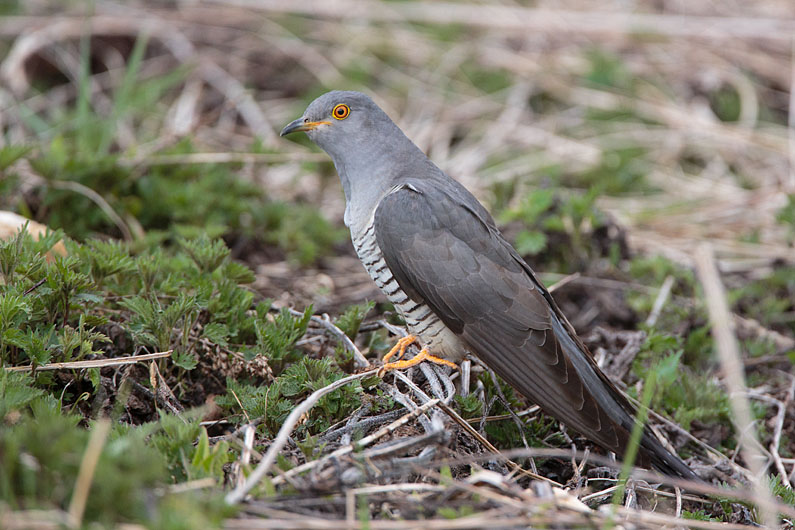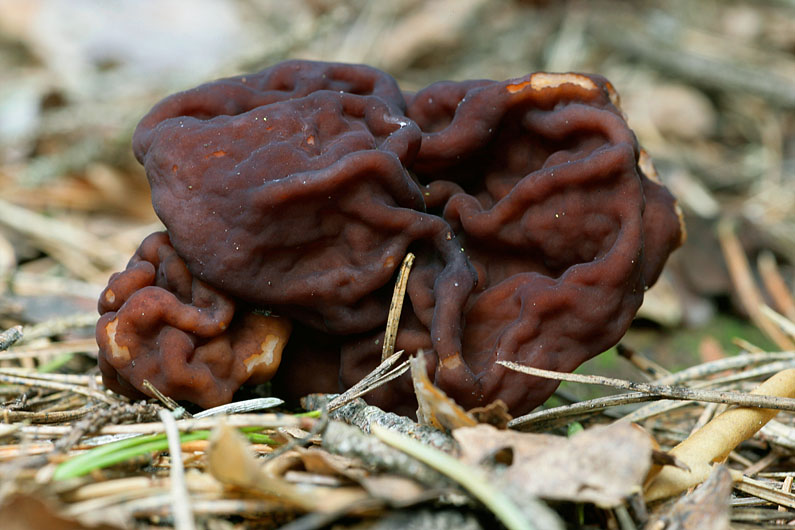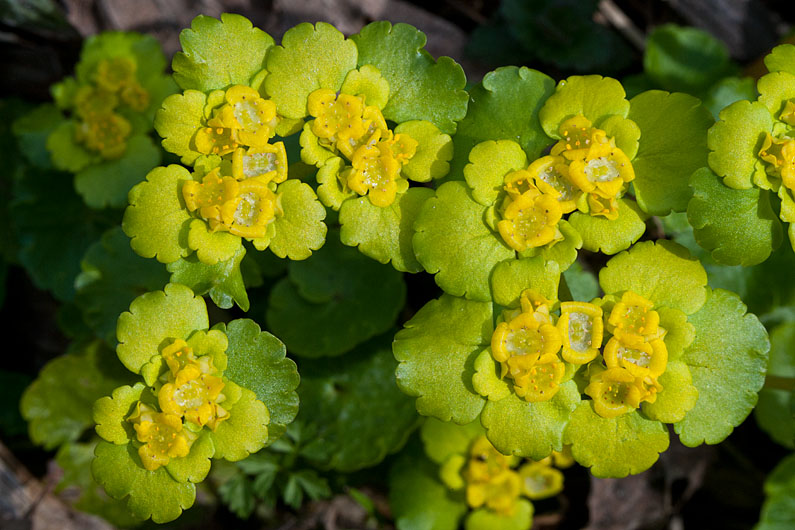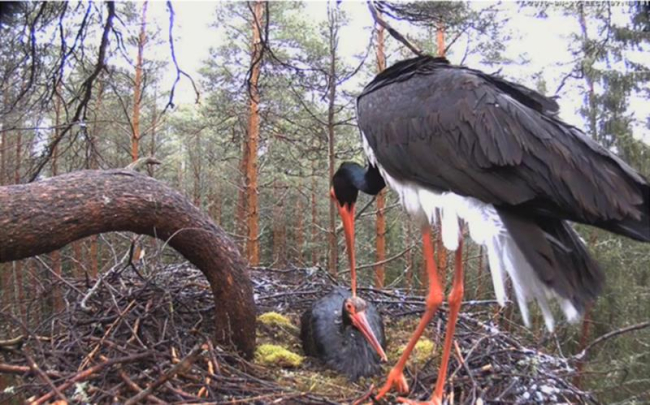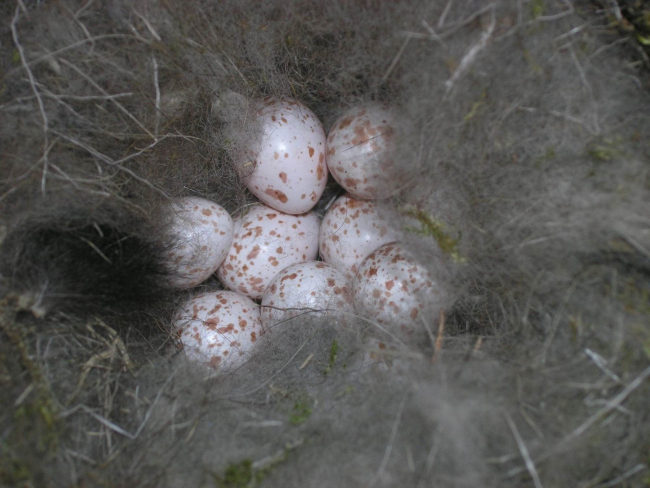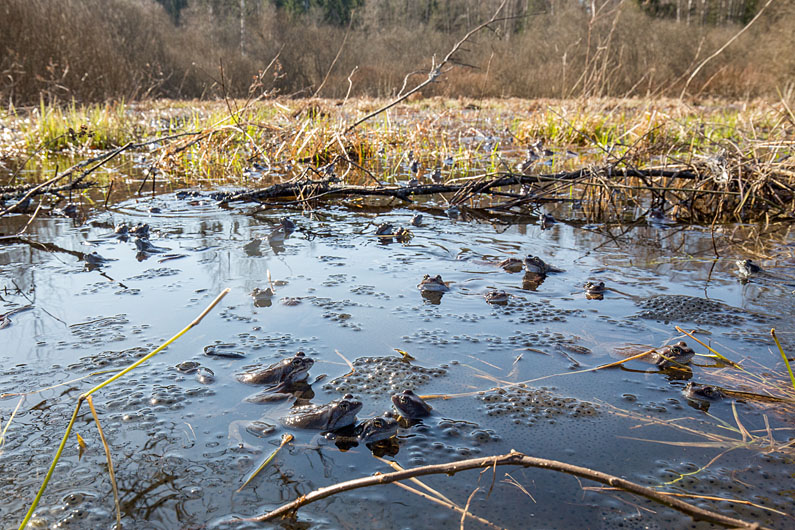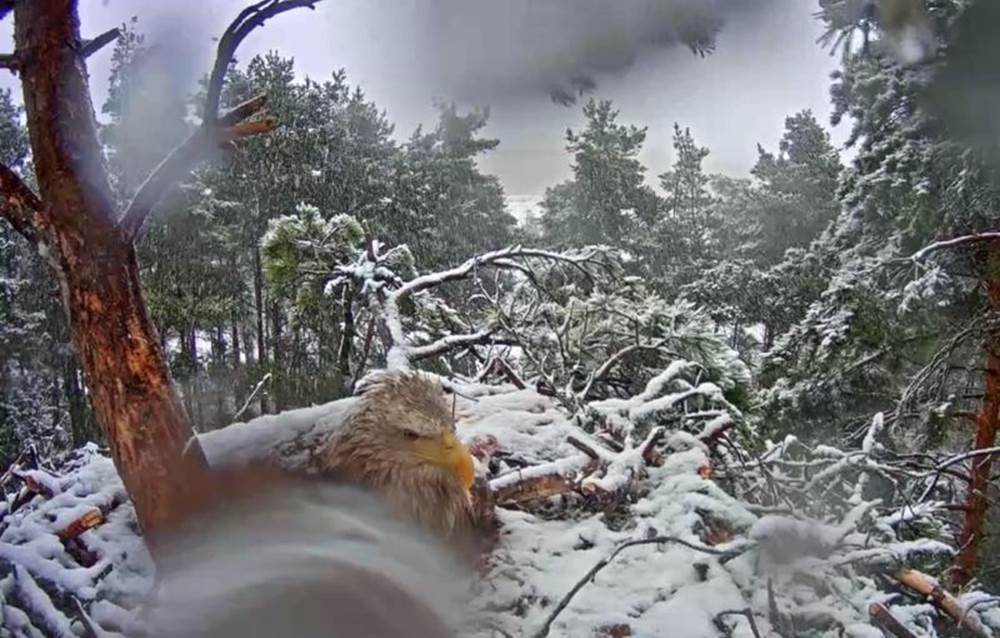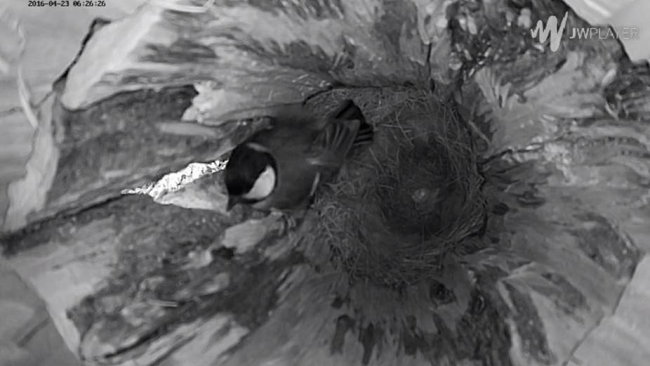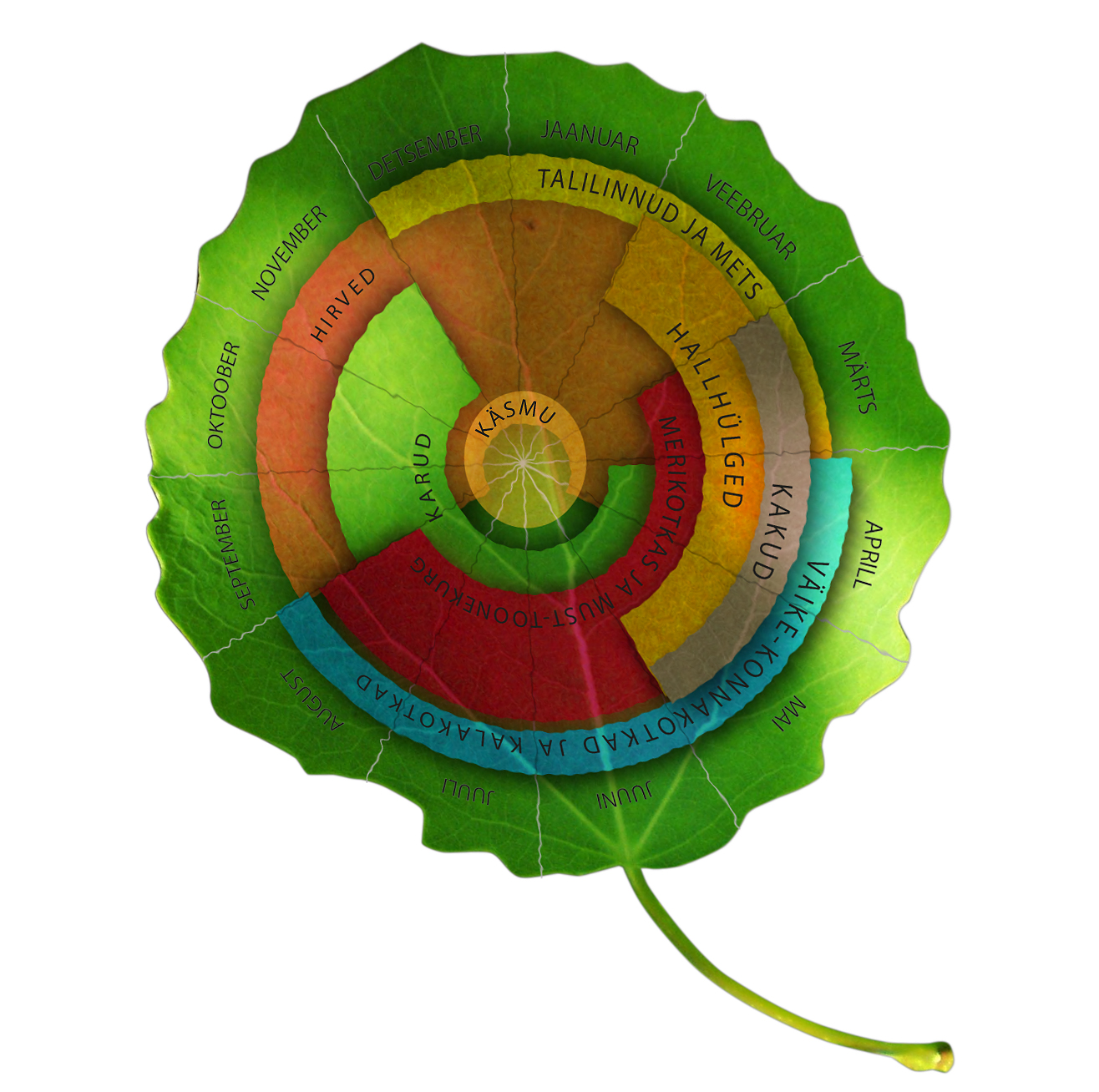Briefly glimpsed badger
Text Triin Leetmaa
Translation Liis
.
I was asked to play child-minder to a seven-year-old chit of a girl. We watched multifilms and talked for at bit but as sunset approached we went into the forest for adventures. We walked and climbed in the trees when I suddenly noticed that we had reached the badger castle. I tried to explani what kind of place this was when I was suddenly told that someone had looked out of the mouth of the den opening that we were standing beside. With a slight smile I tried to find out what the creature looked like. The reply was very concrete: ”White and some black too!“ Was it the imagination of the child or did the badger really greet its visitors? It did make me a little envious.
